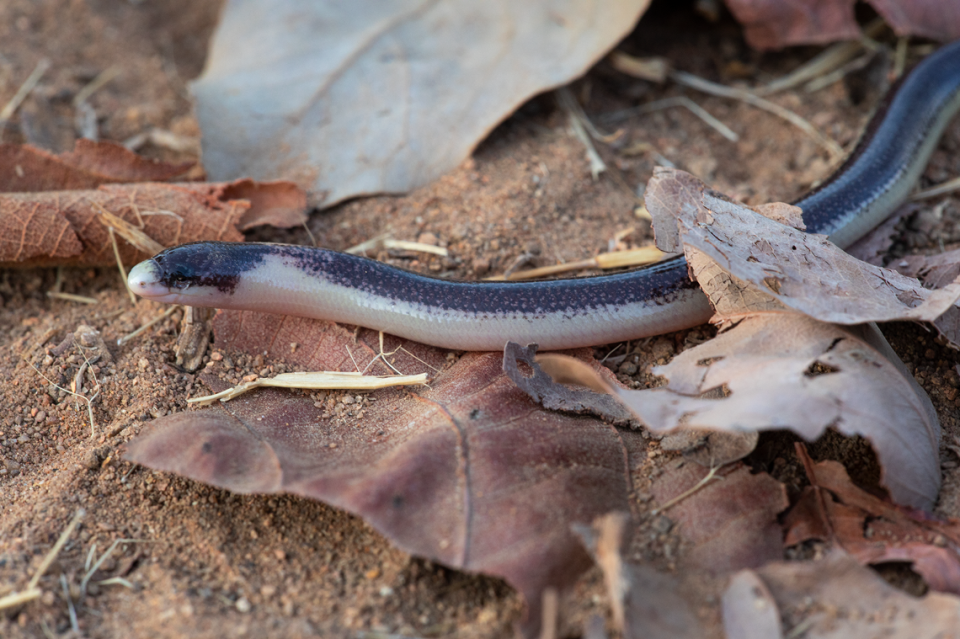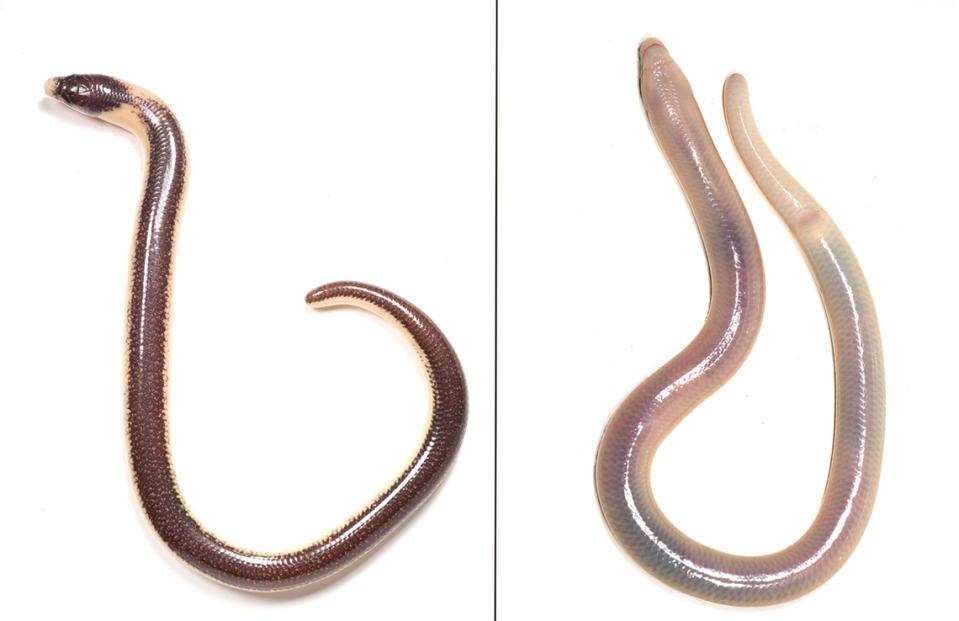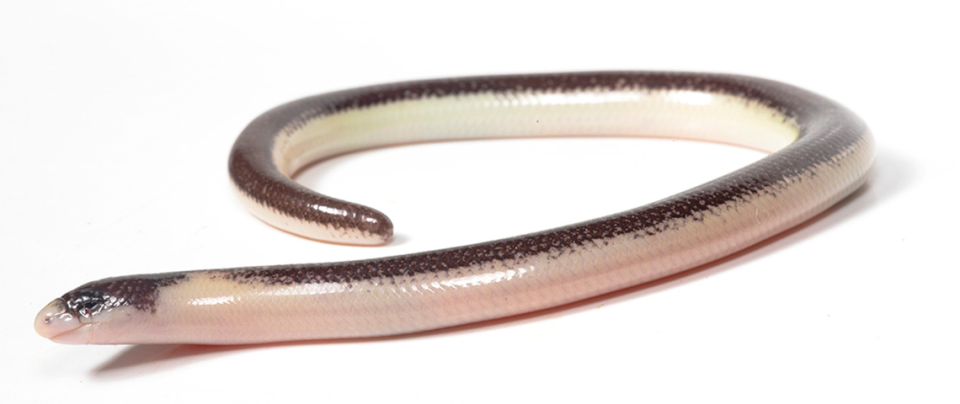Legless mountain creature with ‘collar’ found under rock in Angola. It’s a new species
In the mountains of Angola, a legless creature wiggled its way under a rock. The animal had a “collar” around its neck as it went about its day. At least, it tried to.
Passing scientists spotted the “unique” animal — and discovered a new species.
Researchers arrived in the mountainous Serra da Neve area of southern Africa in 2022 to survey local wildlife, according to a study published Sept. 19 in the African Journal of Herpetology. The region is “still poorly known” but “undoubtedly a biodiversity hotspot.”
Among the leaves and under a rock, researchers found three “completely limbless” lizards, the study said. They took a closer look and discovered a new species: Acontias mukwando, or the Serra da Neve lance-skink.
The Serra da Neve lance-skink is considered a “medium-sized” lizard, reaching about 6.8 inches in size, the study said. It has a “cylindrical” body and “(movable) eyelids,” but no limbs or ear openings.
Photos show the Serra da Neve lance-skink which looks like a cross between a worm and a snake. Its body has a pinkish coloring with a darker brown band running down the length of its back.
The skink has a “collar” — a cream-colored ring that disrupts the darker brown band — near its neck, researchers said. This gives it a “very unique coloration pattern.”

Underneath, the skink’s belly has pink, purple and blue patches.
Co-author Mariana Marques described the Serra da Neve lance-skink as a “cutie pie” in a Facebook post.

“This species was named in honor of the local tribe, the (Mukwando), in recognition of all the hospitality, friendship and local knowledge exchange during our fieldwork,” Marques wrote.
The Mukwando tribe is also known as the Kwando, Kwandu or M’Kwando tribe due to variation in the local language, Marques told McClatchy News.
The new species’ common name refers to the Serra da Neve area where it was discovered, the study said.
The Serra da Neve lance-skink has only been found in this isolated area near the base of the country’s second-highest mountain, researchers said. Serra da Neve has a “sparse” forest environment and is on Angola’s western coast.
Angola borders the Atlantic Ocean to the west, the Democratic Republic of the Congo to the north, Zambia to the east and Namibia to the south.

The new species was identified by its coloring, location, scale pattern and eyelids, the study said. DNA analysis found the new species had at least 3% genetic divergence from other limbless skinks.
The research team included Mariana Marques, Diogo Parrinha, Arthur Tiutenko, Manuel Lopes-Lima, Aaron Bauer and Luis Ceríaco.
The National Geographic Society funded the expedition, Marques told McClatchy News.
‘Dwarf’-like forest creature found inside hotel in Burundi turns out to be new species
Scaly rainforest creature with ‘leopard-like pattern’ turns out to be new species
Pregnant ‘dwarf’-like creature found on tree in Uganda is ‘cryptic’ new species

